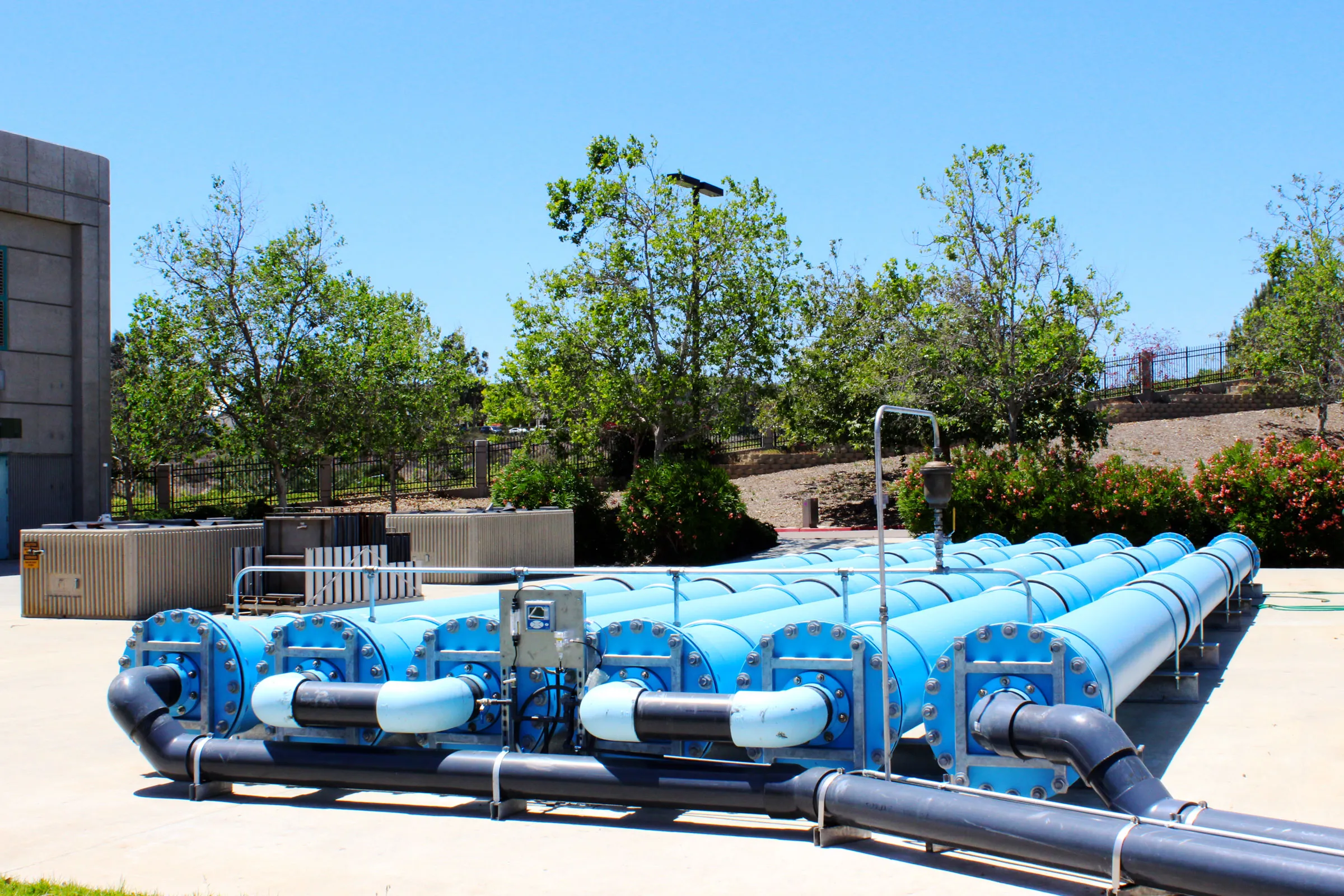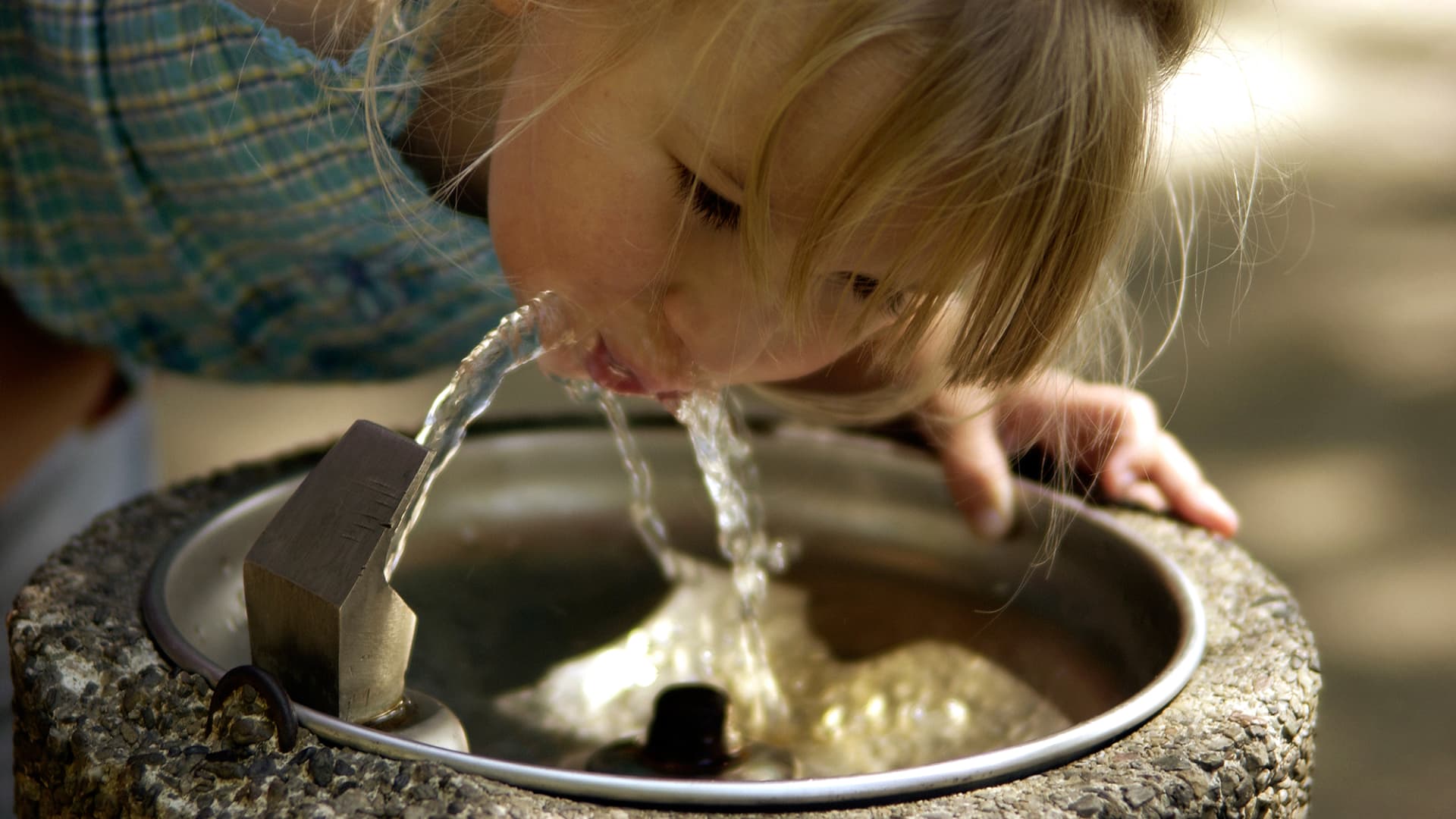Water Reuse in California: From Wastewater to Drinking Water
Water Reuse in California: From Wastewater to Drinking Water
Water, the essence of life, stands as the cornerstone of sustenance and progress. In California, a recent decision by the State Water Board has stirred discussions about a groundbreaking approach to water management – the direct transition of treated wastewater into drinking water. This article delves into the intricacies of this new rule, examining its implications, processes, and the perspectives of water utility experts.

I. Introduction
A. Importance of water as a vital resource
Water, undoubtedly the most crucial resource, sustains life and development. California, well-acquainted with the significance of water, constantly seeks innovative solutions to address its water needs.
B. Approval of new rules by the State Water Board
Recently, the State Water Board sanctioned a revolutionary rule, empowering water agencies to treat wastewater and introduce it directly into the drinking water supply. This shift, though not mandatory, marks a significant development in water management practices.

II. Background of Water Treatment
A. Overview of wastewater treatment
Before delving into the direct potable reuse approach, it’s essential to understand the basics of wastewater treatment. Various methods have historically been employed to ensure the safety of water for public consumption.
B. Previous methods used in California
California has a history of employing indirect potable reuse, wherein treated wastewater undergoes additional treatment and buffering before distribution. This method has been instrumental in augmenting water supplies.
C. Introduction to indirect potable reuse
Indirect potable reuse involves the treatment of wastewater, followed by its introduction into an environmental buffer like the ground or reservoir. After further treatment, it becomes a viable source for public consumption.
III. Direct Potable Reuse
A. Explanation of the new rule
The recent rule allows, though doesn’t mandate, water agencies to skip the indirect step and directly connect treated wastewater to distribution systems. This raises questions about the safety and efficiency of such a process.
B. Statements from water utility professionals
Lindsay Leahy, Director of Water Utilities from the City of Oceanside, expresses confidence in the safety levels of the water and the treatment processes involved. However, the Chief of Operations at the Metropolitan Water District of Southern California, Mickey Chaudhuri, highlights concerns about the absence of an environmental buffer in direct potable reuse.
C. Differences between direct and indirect potable reuse
Understanding the distinctions between direct and indirect potable reuse is crucial. While direct reuse expedites the process, indirect reuse provides an additional layer of safety through buffering.

IV. Case Studies
A. Oceanside’s experience with indirect potable reuse
Oceanside has been employing indirect potable reuse since 2022, showcasing the practicality of this method. Treated wastewater undergoes multiple stages of purification before reaching the public.
B. Orange County’s indirect potable reuse plant
Orange County boasts a well-established indirect potable reuse plant, utilizing recycled wastewater to supplement its water supply. This exemplifies the success of such projects in addressing water needs.
C. San Diego’s plans for a similar plant
The City of San Diego is in the process of constructing a plant akin to those in Oceanside and East County, emphasizing the importance of potable reuse in California’s water management strategy.
V. State Regulations and Flexibility
A. Statement from San Diego County
San Diego County acknowledges the significance of potable reuse in addressing water supply and recovery needs. The state’s collaborative approach in developing regulations allows flexibility for individual projects while maintaining rigorous standards.
B. Importance of potable reuse in addressing water supply issues
Potable reuse emerges as a crucial tool for water agencies, providing a dependable source in both wet and dry years. It acts as a balancing factor, reducing dependence on external water sources.
C. Collaboration with state agencies
The collaborative efforts of the State Board and the Division of Drinking Water in developing regulations underscore the commitment to ensuring the health and safety of public water supplies.
VI. Environmental Concerns
A. Lack of environmental buffer in direct potable reuse
Unlike indirect potable reuse, direct potable reuse lacks an environmental buffer. This raises concerns about the potential risks and safety levels associated with introducing treated wastewater directly into drinking water supplies.
B. Treatment steps and processes involved
Direct potable reuse involves several treatment steps, including ultraviolet light and reverse osmosis. However, the absence of a buffering phase prompts scrutiny regarding the adequacy of these measures.
C. Public opinions on drinking water from the direct potable reuse process
The announcement of the new rules sparked varied opinions among the public. Some express reservations about drinking water that was once wastewater, while others see it as a pragmatic solution to water supply challenges.
VII. Water Security and Potable Reuse
A. Reducing dependence on external water sources
Potable reuse projects offer a reliable base supply, mitigating the impact of external factors such as cutbacks in the Colorado River. This resilience ensures a consistent water supply regardless of climatic conditions.
B. Impact on water supply during cutbacks
Communities with potable reuse projects are less affected by cutbacks in external water sources. This strategic approach to water management contributes to the overall water security of the region.
VIII. Conclusion
In conclusion, the approval of direct potable reuse marks a pivotal moment in California’s water management strategy. While the lack of an environmental buffer raises valid concerns, the efficiency and flexibility of this approach cannot be ignored. As the state moves towards embracing innovative solutions, the balance between water security and environmental impact remains a critical consideration.
FAQs – Addressing Your Concerns
- Is it safe to drink water from direct potable reuse?
- Yes,
